Training Theory in Training Police Narcotic Dogs
Training Detector Dogs for Law Enforcement
The Pizza Method?
or
The One-Odor Method?
This article is about differing opinions on various methods used to train detector dogs. There are different opinions on how to introduce new odors during the early stages of training detection dogs. Some trainers strongly believe that their method is the right method.
Discover why dogs don’t smell ‘pizza’ like humans do, and learn how dogs detect individual scents—flour, cheese, herbs—not a combined aroma.

Detector Dogs
Just to be clear, in this article I will be referring to detector dogs as law enforcement dogs, and not civilian scent work dogs. The scent work dog sports are great activites for civilians to participate in, but to be clear, they are very different than what is expected in law enforcement detector dog work. They may seem similar, but in fact they are not. One analogy could be those who enjoy trap shooting clay pigeons Vs combat soldiers trained to shoot in a war. One is a sport, the other is not.
Detection Training Methods
There are basically two groups of detector dog trainers that disagree on how to introduce new dogs to odor. One group is made up of trainers and instructors who have 25 to 30 years of experience in training detector dogs.
The second group is made up of mostly of civilians who are relatively new to the discipline. They mistakenly claim they have a better training system that is a faster way to train and it’s based on recent scientific studies.
I produced my first narcotics training video back in 1987. In this article, you will see what I believe the scientific papers these trainers refer to are all flawed and lack merit.
We will refer to these two groups as the Pizza Method group and the One-Odor Method group.
Introducing Odor to New Dogs
The first approach was brought to America from the police dog handler school in Stukkenbrock Germany 25 years ago. It has been used extensively ever since. Some call it the Pizza Method, while others refer to it as the soup approach.
Whatever you care to call it, it is used on day one of training, where the dog is presented with a cocktail of odors that contain all the various odors the dog will eventually be expected to indicate on.
Once the dog’s foundation has been established and it is fluent in locating the cocktail, the trainer will then hide one odor at a time out of the cocktail. When this system has been done correctly, the dogs quickly learn to indicate on the individual orders that make up the cocktail.
The analogy to this method is when people enter a pizzeria, they smell pizza. When dogs enter a pizzeria, they smell tomatoes, flour, onions, oregano, etc. The bottom line is this method works.
The second method (which we call the One-Odor system) starts training on day one with only one odor, not the cocktail. Some call it the One-Odor Method, while others refer to it as the sequential training method.
In this training method, the dogs learn to detect one odor at a time. Once the dogs are fluent in indicating on that odor, a second odor can be added to the search (along with the original odor). The dog is then exposed to two odors.
Over a number of training sessions, the original odor is weaned out of the searches. This continues until the dog is only indicating on the second odor. This style of training can continue until the dog is indicating on all the odors the handler expects it to locate.
This method is commonly used in scent work sports as the sports are often structured to have the dog indicate on a single odor in the entry level of competition, and additional odors are typically added as you increase your competing level.
Trainers who have worked with detector dogs for long periods of time (25 years or more) will tell you that both systems work just fine, but the pizza method is faster. They make that claim based on years of experience.
The one-odor group claims that new science proves the one-odor system works better at introducing odor. This probably seems like a silly thing to argue over. Who cares if one system is a little faster at teaching a new dog to recognize odor?
Controversy Over Methods
The real issue is not how fast one can teach odor detection, but more importantly, what dogs are being selected for training and what are the actual methods used to teach these dogs to search. That’s where the real problem begins.
A number of these new trainers, whom I won’t name in this article, are very famous sport dog trainers who are trying to reinvent the wheel, I feel for commercial reasons. They again base their training methods on science and flaunt their training by arguing the cocktail method is just “old school dog training supported by cops that are resistant to change”. Those are not my words, that’s their words.
Before I talk about the problems with their science, I’ll explain how this controversy got started. It all began after the beginning of the War on Terror, when a lot of money was made available to universities to study dogs' scenting ability.
Unfortunately, the mistake made by all these universities was in how they picked dogs for the various studies. I have not found one study that used dogs that had passed a selection test for detector work that was done by an instructor who had many years of training in selection testing dogs for detector work.
Selection Over Method: Why the Right Dog Makes All the Difference
Keep in mind we are talking about detector dogs, not civilian scent work dogs, not household pets, and not dogs from specific breeds. The root goal of the money spent was to improve knowledge of detector dogs.
To put this in perspective, you would not put a farm horse in the Kentucky Derby if you wanted to learn how to make race horses run faster.
A detector dog must have good nerves, strong hunt drive, and a strong prey drive. This is not a breed-specific issue, I have seen hundreds of Labradors, German Shepherds, Spaniels, etc that don’t have strong enough nerves or drives needed to do detector work.
Just because a dog will chase a ball and likes to play tug does not mean it will have enough hunt drive to carry it through a long search in a strange location that is dark and scary.
The right dog makes everything else easier. If the dog has the proper drives, nerves, health, and focus, training becomes a matter of directing natural talent. If you choose the wrong dog, even world-class training won’t overcome those deficits.
Can pets or shelter dogs be trained to indicate an odor? Absolutely, they can! Scent work is a great enrichment activity for all dogs. Look at the thousands of dogs that successfully compete in civilian nose work sports. The fact is only a small percentage of these dogs could pass a selection test for detector work.
Getting nervous about slippery floors, or not wanting to go into new small dark places to retrieve their toy, does not make them a bad pet, it only means they can't be detector dogs, and I would not select those dogs for a scientific study on how to improve detector dogs.
My only point is that dogs that have the correct character to do the work will have totally different results in these studies than dogs that lack the necessary nerves and drive. Which is why I say that these studies are fundamentally flawed. Can one learn something from them, absolutely. But should one change their training program based on their results, hell no.
Additional Studies of Import
K-9 Detector Dog Training
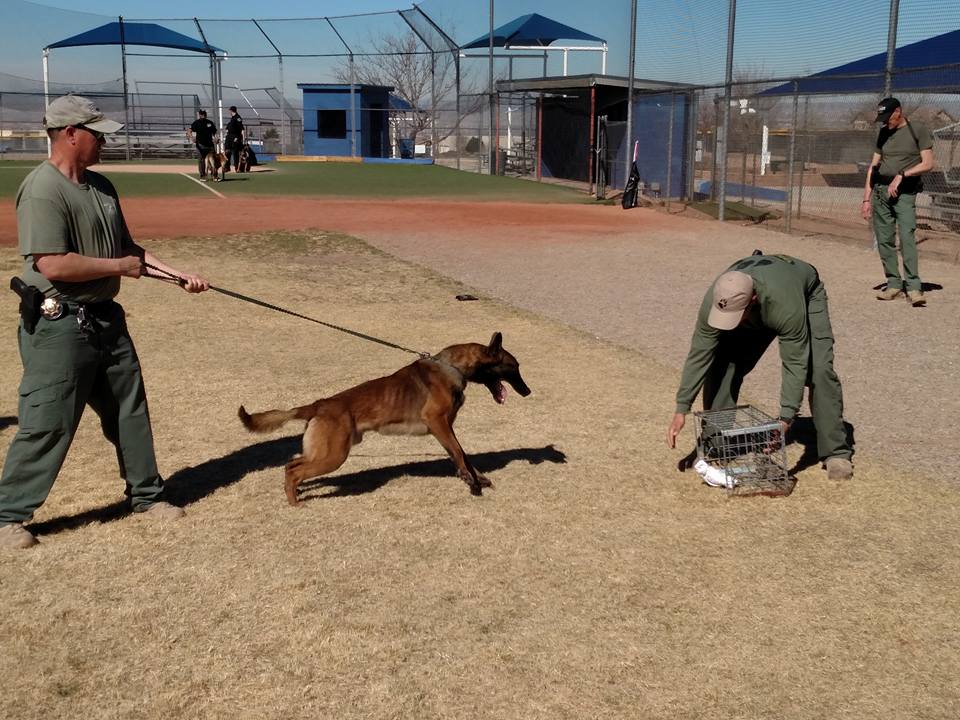
If you are interested in learning more about training detector dogs Leerburg released an excellent online detector dog course in 2023 with my friend Kevin Sheldahl.
Kevin has been training dogs for law enforcement since the early 1980s. He is a retired K-9 handler from a large Sheriff’s Department in NM. He runs 6 weeks training courses several times a year for new police dog handlers. Each course has 10 to 20 new dog handlers. At this point, Kevin has run 71 of these 6-week schools. Do the math. He has selection-tested almost 100% of the dogs that come through his course over the last 25 years.
Between these courses and the law enforcement seminars he has held in the United States and for other governments throughout the world, Kevin has literally trained thousands of law enforcement dog handlers.
We are currently working on a course for selection testing detector dogs.






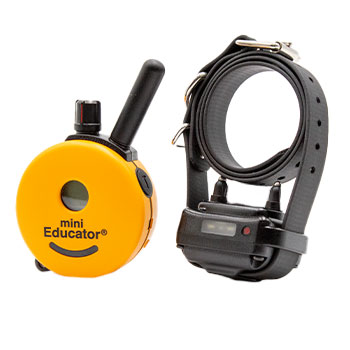

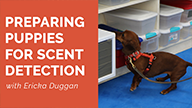
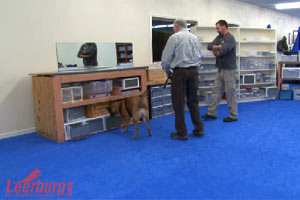

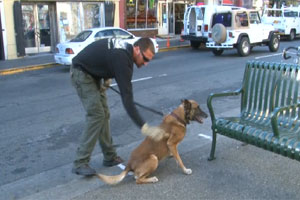
Ask Cindy.